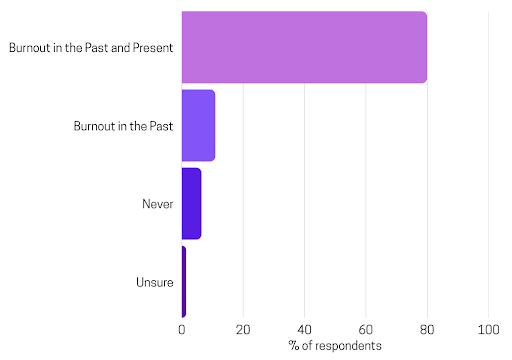After nineteen years of food service, Furman University ended its contract with Aramark and signed on with Bon Appétit starting June 1, 2016. While most students were curious to see whether or not Bon Appétit would bring improvements to student dining, certain students were anxious — and rightfully so. Having food allergies, especially at a college campus like Furman, is not easy, and many students with allergies were unsure whether or not Bon Appétit would cater to their needs. Having a gluten intolerance myself, I was certainly one of these students.
However, from my personal experience, I have been pleasantly surprised with how easy it has been for me to dine at Furman, and Bon Appétit has certainly exceeded my expectations.
Bon Appétit offers a good number of gluten-free dining options. For example, the Dining Hall has a gluten free section set aside and designates which meals served in other stations do not contain gluten ingredients.
Other Fuman dining options have also taken into account gluten free options. Chick-fil-a offers grilled chicken nuggets and waffle fries that are both cooked without gluten, Grinders Sandwiches has the option of gluten free bread, Tupelo Honey has gluten free menu options and the choice of gluten free bread for sandwiches and the PalaDen has gluten free snacks and salads. Moe’s also offers options for those intolerant to gluten.
Moving beyond gluten free items, Bon Appétit has certainly taken conscious strides to accommodate other special diets by marking meals as: Seafood Watch, Vegan, Vegetarian, as well as Made Without Gluten-Containing Ingredients. Despite Bon Appétit’s efforts to mark if meals contain certain ingredients, in many students’ opinions, the dining service does not make it easy for those allergic to ingredients like dairy, nuts and soy, and for those with severe celiac disease, rather than a gluten intolerance.
Aside from those with celiac disease, dining with other allergies has proved to be difficult for students such as sophomore Whitney Merkle who is allergic to dairy and soy as well as gluten.
“It’s really good because they distinctly mark food with gluten,” Merkle said. “But it is also really difficult being allergic to soy and dairy since those two are not marked, and so many things are cooked in both of them.” As a result Merkle rarely eats in the Dining Hall because the only option is salad, she said.
“However, I would say the new gluten free section with snacks in the PDen has been great if I want to grab a snack to-go, but still, it is hard with very few things not being noted as dairy or soy free,” Merkle said.
Merkle is not the only student who suffers from multiple food allergies. Sophomore Jack McKenney also has gluten, dairy and soy allergies. However, McKenney has found more meal options after talking with Dining Hall chefs.
“It has been difficult for me to find dairy free options because so many things are cooked in butter or milk, however the Dining Hall said they would be happy to help me out with that,” McKenney said. “In addition, though the Dining Hall and Grinders Sandwiches both offer gluten free bread, they have often run out of it, and I really wish they would improve the desserts so that there are more than just gluten free cookies, but also desserts that are dairy and soy free.”
The consensus? Bon Appétit is definitely working to acknowledge and accommodate special diets, making it much easier for students, but they still have some ways to go. Though it is still difficult for students with food allergies to maneuver through the dining system, Bon Appétit encourages students with food allergies to speak with the dining staff about ways they can help. With a friendly staff committed to students’ needs, Bon Appétit is focused on improving its services to benefit each student’s dietary needs.







































